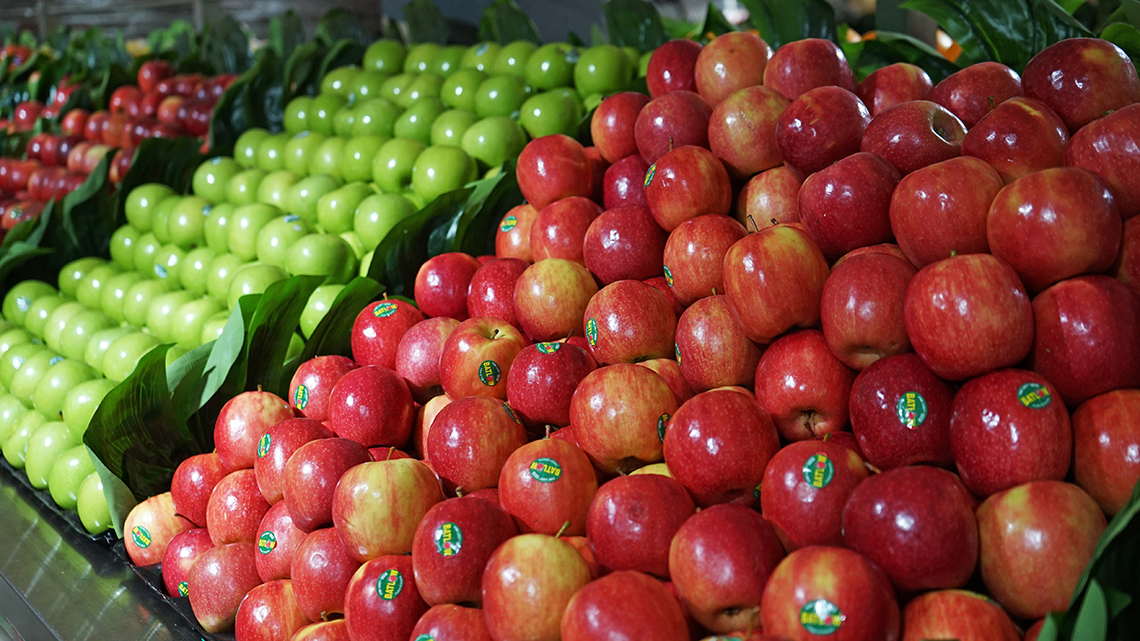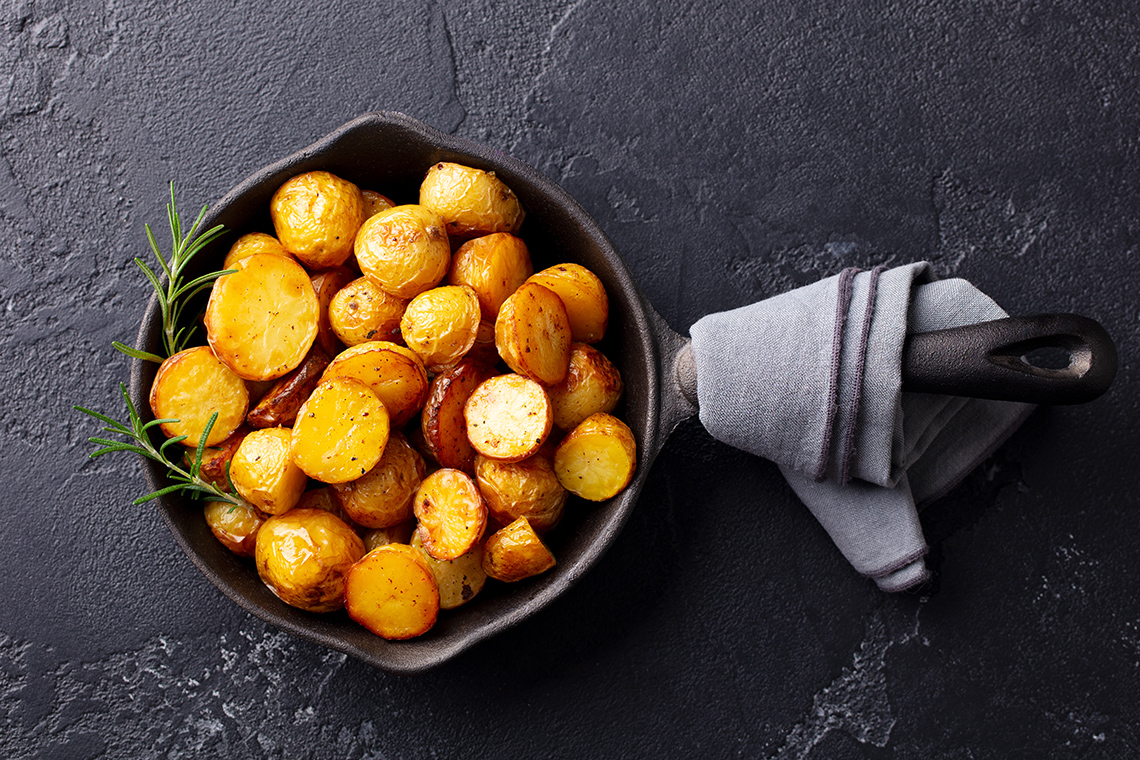Minds On
Exploring fractions
Consider the following fractions:
How are these two fractions related?
These two fractions are said to be equivalent, which means they are equal.
Since these two fractions are in fact equal, we say that the equality statement is a proportion.
To use in real life, we often need both the numerator and denominator to have a unit attached to it.
Example: At the grocery store, there was a sale on chocolate bars: $4 for 5 bars. How much would it cost to purchase 30 chocolate bars?
This fraction is exactly like our equivalent fractions and so we know that it would cost $24 for 30 chocolate bars.
The fraction on the left:
Is called a rate because it is a ratio (think: fraction of two numbers) where each number has a different unit.

Here are some examples of ratios, rates, and proportions.
- When reading the examples, think about why they are different from each other between the three columns.
- Construct 2 more examples in each column.
|
Ratio Comparing the size of two quantities |
Rate A ratio where the numbers have different units |
Proportion When two ratios or rates are equal |
|---|---|---|
1 apple : 3 bananas |
1 apple : 3 bananas |
|
|
= |
If you would like, you can complete this activity using TVO Mathify. You can also use your notebook or the fillable document.
Press the ‘TVO Mathify' button to access this interactive whiteboard and the ‘Activity’ button for your note-taking document. You will need a TVO Mathify login to access this resource.
TVO Mathify (Opens in new window) Activity(Open PDF in a new window)Practice
If you would like, you can complete the next activity using TVO Mathify. You can also use your notebook or the following fillable and printable document.
For each situation listed, determine whether it is an example of a proportion. For each case, explain why it is or is not a proportion.
| Example 1 |  Donna wants to sell lemonade outside of their apartment. They offer a deal of $5 for 2 every two cups of lemonade, so it would be fair of their to sell 10 cups of lemonade for $25. Donna wants to sell lemonade outside of their apartment. They offer a deal of $5 for 2 every two cups of lemonade, so it would be fair of their to sell 10 cups of lemonade for $25. |
|---|---|
| Example 2 |  For every 10 metres of yarn, Rayhan can knit 0.5 m2 of their quilt. After using 50 metres of yarn, the quilt now has an area of 2.5 m2. For every 10 metres of yarn, Rayhan can knit 0.5 m2 of their quilt. After using 50 metres of yarn, the quilt now has an area of 2.5 m2. |
| Example 3 |  A car was travelling at 40 km/h. After accelerating, the car is now travelling at 65 km/h. A car was travelling at 40 km/h. After accelerating, the car is now travelling at 65 km/h. |
|
Example 4 |
 A cake recipe calls for 1 teaspoon of sugar for every 2.5 cups of flour. Using 7.5 cups of flour, you should use 4 teaspoons of sugar. A cake recipe calls for 1 teaspoon of sugar for every 2.5 cups of flour. Using 7.5 cups of flour, you should use 4 teaspoons of sugar. |
Press the ‘TVO Mathify' button to access this interactive whiteboard and the ‘Activity’ button for your note-taking document. You will need a TVO Mathify login to access this resource.
TVO Mathify (Opens in new window) Activity(Open PDF in a new window)Action
Math and problem-solving

From our earlier example, we were able to use the rates provided in the problem to help create a proportion and use it to solve the problem. This is the general strategy that you can use for any problem involving things that are proportional.
Example:
Henry’s Grocer sells apples at the price of $3 per 100 grams. How much would 1 kilogram of apples cost?
Set up the problem by writing the proportion statement:
Use your knowledge of equivalent fractions to calculate the cost of the 1 kg of apples using the proportion statement given.
Task 1
Solve the following problems by writing a proportion based on the information provided.
| Example 1 | Flo’s Convenience sells chocolate bars at a rate of $5 for 4 bars. How much would 16 bars cost? |
|---|---|
| Example 2 | Maya always drives at the same speed when on the highway. They were driving at a speed of 109 km/h. How many kilometres did they travel in 186 minutes? |
| Example 3 | A recipe calls for 2 tablespoons of sugar for every 4 cups of flour. How many tablespoons of sugar are needed if you use 27 cups of flour? |
Sometimes, you may need to compare different rates that are not proportional.
Example:
Henry’s Grocer sells apples at the price of $3 per 100 grams. Flo’s Food Market sells apples at the price of $28 per 1 kilogram. Which store has the better deal on apples?
You need to compare two different rates:
Finding the unit rate
In this work we use the word unit for a value of 1. The unit rate is a rate where the denominator has a value of 1. In other words, it is the rate for 1 unit of the item. In our example, we can find the unit rate of Henry’s Grocer apples:
Why is this a valid proportion statement? In other words, explain why these two fractions are equivalent.
Calculate the unit rate for Flo’s Food Market apples and compare the unit rate. Which store has the better deal?

Task 2
If you would like, you can complete this activity using TVO Mathify. You can also use your notebook or the following fillable and printable document.
Solve the following problems by calculating the unit rate and comparing.
| Example 1 | A person is trying to decide which maple syrup bottle to buy. They are both 100% maple syrup. The first bottle costs $8.99 for 900 mL of syrup. The second bottle costs $12.99 for 1.3 L of syrup. Which bottle is the better value? |
|---|---|
| Example 2 | Student A loves to make sandwiches. They always put 6 slices of turkey per 8 inches of bread on their sandwiches. Student B makes sandwiches differently. They always put 12 slices of turkey per 14 inches of bread. Who puts more turkey on their sandwiches? |
| Example 3 | A person has two cars, a red one and a black one. The red one has a maximum speed listed on the speedometer as 240 km/h. The black car is a bit strange and lists the maximum speed as 345 km/45 minutes. Which car has the higher max speed? |
Press the ‘TVO Mathify' button to access this interactive whiteboard and the ‘Activity’ button for your note-taking document. You will need a TVO Mathify login to access this resource.
TVO Mathify (Opens in new window) Activity(Open PDF in a new window)Consolidation
Cooking inquiry

Ratios, rates, and proportions are essential to sharing recipes. A typical recipe might be something like:
Crispy Roasted Potatoes
Serves 4
- 4 pounds of Yukon Gold potatoes
- teaspoon baking soda
- 5 tablespoons of olive oil
- 3 cloves garlic
- 2 teaspoons salt
- 1 small handful of fresh rosemary
All of the items on the list are ratios:
| Item | Ratio as a fraction |
|---|---|
| 4 pounds Yukon Gold potatoes | |
| 0.5 teaspoons of baking soda | |
| 5 tablespoons of olive oil | |
| 3 cloves of garlic | |
| 2 teaspoons salt | |
| 1 small handful of fresh rosemary |
If you would like, you can complete this activity using TVO Mathify. You can also use your notebook or the following fillable and printable document.
Find a recipe that you love. You can:
- ask someone in your learning space about a meal that they have made that you love
- speak to family members about meals that you have had with them
- research meals that you like and search for a recipe
When you have your recipe:
- construct a list of all of the ratios of items you need
- try to be as specific as possible
- include an estimated serving amount (how many people will be eating the amount you provided)
Using your recipe:
- calculate the ratios needed for a different serving size other than the one you provided. For example, for the crispy roasted potato recipe we could find ratios for 8, 10, or 14 people
Press the ‘TVO Mathify' button to access this interactive whiteboard and the ‘Activity’ button for your note-taking document. You will need a TVO Mathify login to access this resource.
TVO Mathify (Opens in new window) Activity(Open PDF in a new window)Reflection
As you read the following descriptions, select the one that best describes your current understanding of the learning in this activity. Press the corresponding button once you have made your choice.
I feel...
Now, expand on your ideas by recording your thoughts using a voice recorder, speech-to-text, or writing tool.
When you review your notes on this learning activity later, reflect on whether you would select a different description based on your further review of the material in this learning activity.
Connect with a TVO Mathify tutor
Think of TVO Mathify as your own personalized math coach, here to support your learning at home. Press ‘TVO Mathify’ to connect with an Ontario Certified Teacher math tutor of your choice. You will need a TVO Mathify login to access this resource.
TVO Mathify (Opens in new window)